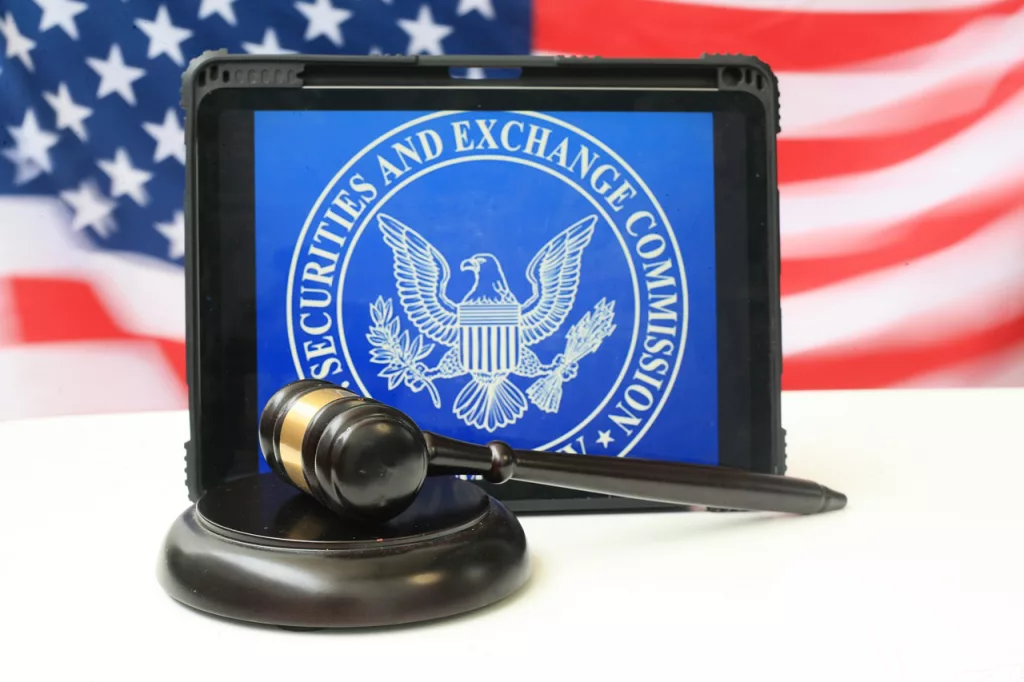SEC´s new fund names rule in the investment company act: An overview
The Securities and Exchange Commission (SEC) has recently implemented significant changes to the Investment Company Act’s “Names Rule” to strengthen investor protection and address the evolving landscape of the fund industry. This rule addresses fund names that have the potential to mislead investors regarding a fund’s investments and risks. The updated rule is a response to the developments that have occurred in the financial industry over the past two decades, and it aims to ensure that fund names accurately reflect a fund’s portfolio, ultimately promoting transparency and trust among fund investors.

Background
The Names Rule was initially established under Section 35(d) of the Investment Company Act of 1940 in 2001 to prevent registered investment companies from adopting names that could be materially deceptive or misleading. Over the years, it has become increasingly clear that the rule needed adjustments to keep up with the changing nature of investment products and the growing emphasis on Environmental, Social, and Governance (ESG) criteria.
Key Amendments of SEC´s fund names rule
Expansion of the 80% Investment Policy Requirement
Expansion of the 80% Investment Policy Requirement: The most significant change is the expansion of the 80% Investment Policy requirement. Funds with names suggesting a focus on particular characteristics, such as “growth” or “value,” or reference to ESG factors, must adopt an 80% investment policy. This requirement ensures that a fund’s investments align with its name, enhancing transparency for investors.
Review of Portfolio Assets
Funds are now obligated to review their portfolio assets’ adherence to the 80% investment policy at least quarterly. If a fund deviates from its policy, it must return to compliance within 90 days. This provision ensures that funds remain in line with their stated investment objectives.
Enhanced Prospectus Disclosure
The amendments include requirements for terminology used in fund names to be consistent with their plain English meaning or established industry usage. This step will help investors better understand the focus of the fund.
Additional Reporting and Recordkeeping
Funds must comply with additional reporting and recordkeeping requirements to demonstrate their adherence to the names-related regulatory requirements, further strengthening investor protection.
Derivatives and Short Sales
The rule clarifies how derivatives are included in the 80% basket and how their valuation is determined. It also covers short positions and physical short sales
Impact and Implementation of the names rule
The amendments will become effective 60 days after publication in the Federal Register. Funds with net assets of $1 billion or more will have 24 months to comply with the changes, while funds with net assets of less than $1 billion will have 30 months.
Notable Departures from the Proposed Amendments
The SEC decided not to designate the use of ESG terms in the names of integration funds as per se materially deceptive and misleading, providing flexibility for funds in this category. Additionally, certain terms, such as “global” or “international” when describing a bond, remain outside the scope of the rule.
The SEC’s updated Names Rule reflects the changing landscape of the financial industry and the need for greater transparency and investor protection. These amendments are designed to ensure that fund names accurately represent a fund’s investment focus. Furthermore, they provide investors with a clear understanding of their investment options. The rule change will have a profound impact on how funds are named, advertised, and managed, ultimately benefiting investors. As a consequence, SEC´s new funds names fule reduces the potential for misleading or deceptive fund names.
The entire press release of the SEC is available here. To learn more about regulatory developments in Europe, our introduction to the Sustainable Finance Disclosure Regulation (SFDR) can be a good starting point.

